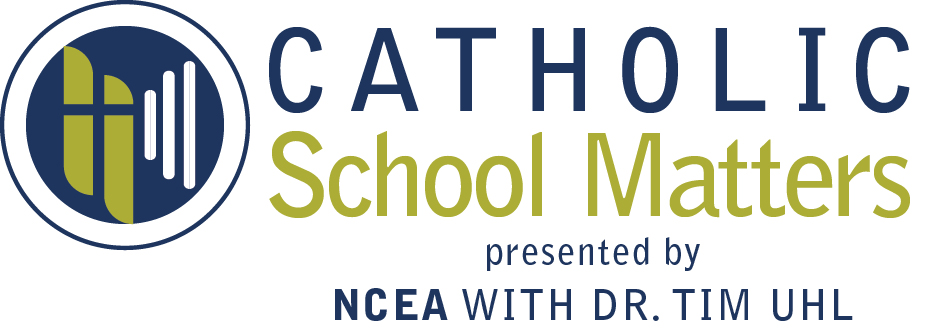Last month I had the privilege to spend a few days at Notre Dame and ACE headquarters. The Alliance for Catholic Education (ACE) began at Notre Dame and is perhaps best known for its teaching corps. But it also houses the headquarters for the ACE Academies, the Remick Leadership Program, and initiatives in school choice, inclusive education, American Indian Catholic schools, Hispanic outreach, and many more.
I’m not a ND grad. I have always greeted ACE programs with a mix of skepticism and jealousy. Aware of their impact as well as their quality, I have always struggled to find their “secret sauce”—that is, the secret to their success and their (cult-like) devotion. I mean that in the most positive sense. Why do people love ACE and Notre Dame so much?
I believe the secret lies in their devotion to building and sustaining culture. Let’s start with the Holy Cross brothers and priests. They are, after all, the founders and the animators of the school’s culture. Where do they live? Separately, in residence halls among 18-22 year olds by choice and by design. They do not hold themselves apart and above. They encounter students where they live.
How do the students live? 90% live in residence halls. When assigned to a residence hall (which are usually around 200 residents, always single-gender), that assignment remains for their time at Notre Dame. There is no Greek system at ND. Community is built through the residence halls—Masses (including Sunday Masses) are held there, intramurals and spirit competitions form there with fellow dorm-mates, etc. And then there’s the football program which is a celebration of community in the highly competitive world of NCAA football. These intentional construction efforts toward building community spill over into the ACE programs. The teachers and principals who join the ACE programs have come from over 100 different universities but I believe the community ethos brewed at ND impacts those programs. Fr. Scully envisions thiese as “Eucharistic” communities formed and centered on liturgy.
ACE teachers and Remick leadership programs join cohorts. The pictures of these cohorts line the walls of Carole Sandner Hall. ACE Academies are staffed by ACE teachers. They include a robust “school culture” framework and support staff directing and building intentional school cultures aiming for college and heaven. I continue to be impressed with the insight and effectiveness of these efforts.
But ACE and its assorted programs face a challenge. They have uncovered best practices and have built a strong community of educators. Yet they are in a competitive environment—they compete for teachers, for graduate schools, for research, for consulting, etc. How to balance developing and celebrating community while sharing with other schools in need will remain a tension for some time.
As with most families and communities, the tension is between celebrating our bonds and becoming more apostolic. Our communities cannot be solely focused on ourselves. We need to serve by being transparent about our best practices and hospitable towards all. In the process we will discover what makes us great.
I’d sure like ACE to write the book (literally) on building and supporting school culture or forming effective teachers and leaders. I’ll buy it.
My Top 5:
Happy Advent! After two weeks off, I have some great articles to share as well as a reflection on my experience at Notre Dame and the ACE (Alliance for Catholic Education) headquarters. Fr. Hesburgh aspired for Notre Dame to become the place “where the Church can come to do its thinking.” It was certainly true for me and I’m grateful for the hospitality provided.
My top 5:
- In the “Catholic News” section, I encourage you to read the editorial, the news story, and another article on San Domenico School in California. The decision by the school to become independent and end its Catholic affiliation is controversial and should cause us all to consider the Catholic identity of our schools.
- In the Leadership section, the first article entitled “How to Let Go” is an important reminder for all of us as our work piles up, our energy levels wane, and family commitments demand our attention.
- The second article was perhaps the best article I read last week. “How to Get Honest Feedback” is full of great tips for leaders to ascertain the pulse of our teams.
- In the “Teaching & Learning” section, the article on “6 Strategies for Dealing With Difficult Students” is full of great tips on how to implement classroom strategies. By this point in the year, all teachers have at least one student who stretches patience.
- In the Miscellany section, the article entitled “The State of Being Stuck” is very thought-provoking. Most of us are uncomfortable with gray areas and with difficult questions that don’t provide easy answers. For instance, “How do grow our Catholic schools?” is the kind of difficult question that scares many people. The articles extols the virtues of sticking with those questions in order to seek answers.
Have a great week! Next week I’ll be back with a special issue exploring the implications of the growing Hispanic population in our Church and our schools.
